Explanation
This early printing museum, located on the site of Heungdeoksa Temple in which Jikji, the world's oldest extant book, printed by movable metal type, was printed, was founded on March 17, 1992. Since the technology’s inception, Korea has substantially developed its metal-type printing methods. In this museum, approximately 650 artifacts including ancient movable metal and wooden print books from the Goryeo and Joseon periods, relics from the Heungdeoksaji Temple site (흥덕사지) and printing tools are on display. Here, visitors can learn about the history of the Korean printing technologies and culture.
In addition to exhibition, the museum has been promoted to hold the Cheongju International Printing & Publishing Fair, to study early printing culture and printing types and to publish museum journals and early printing-related papers.
Inquiry
+82-43-201-4266
Homepage
http://jikjiworld.cheongju.go.kr
(Korean, English, Chinese, Japanese,
Dutch, French, Spanish)
Information Use
Capacities : Seminar room 300 seats, Video room 45 seats
Contact and Information : • 1330 Travel Hotline: +82-2-1330
(Korean, English, Japanese, Chinese)
• For more info: +82-43-201-4266
Parking facilities : 61 spaces
Parking Fees : Free
Day off : Closed on Mondays, New year's day, Lunar new year's day and Chuseok
Charges : * Adults 800 won / Group 600 won
* Youths 600 won / Group 400 won
* Children 400 won / Group Free
※ Group - more 20 people
Hours : 09:00 - 18:00
Admission is available until one hour before closing time.
Scale : B1 ~ 2F
Total site 40,990㎡ / Building site 4,868㎡
Touring Time : 1 hour and 30 mins
More information
Foreign Language Intepretation Services
English, Japanese, Chinese
Location
713, Jikji-daero, Heungdeok-gu, Cheongju-si, Chungcheongbuk-do
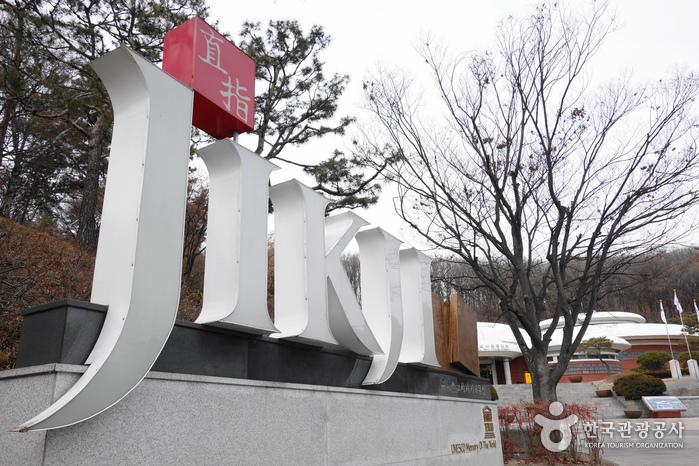

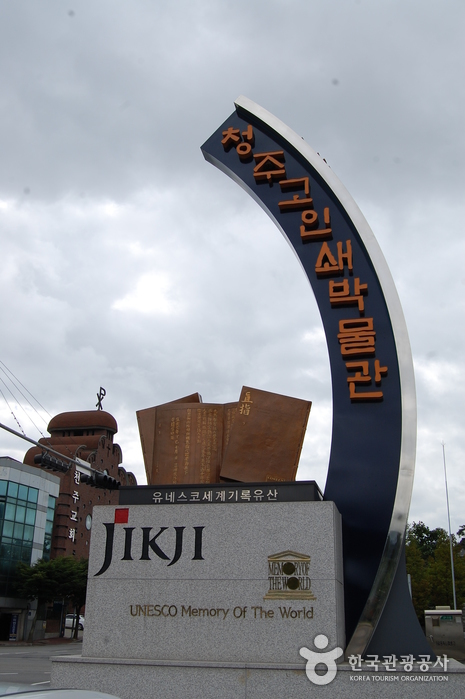
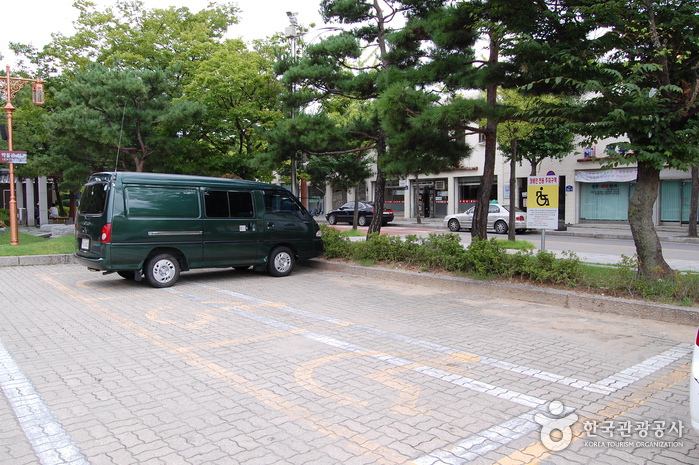
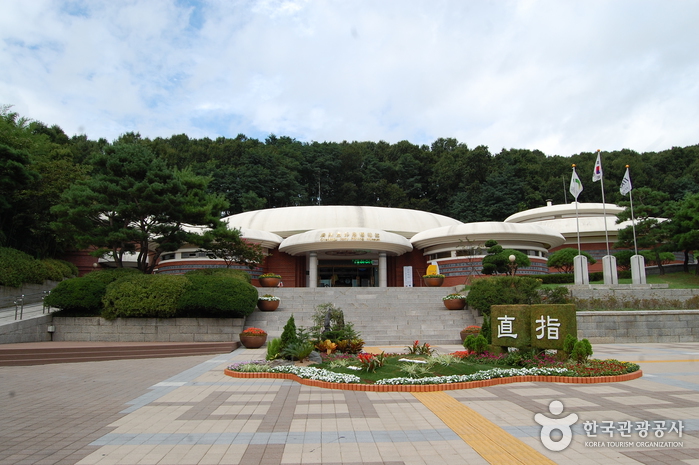
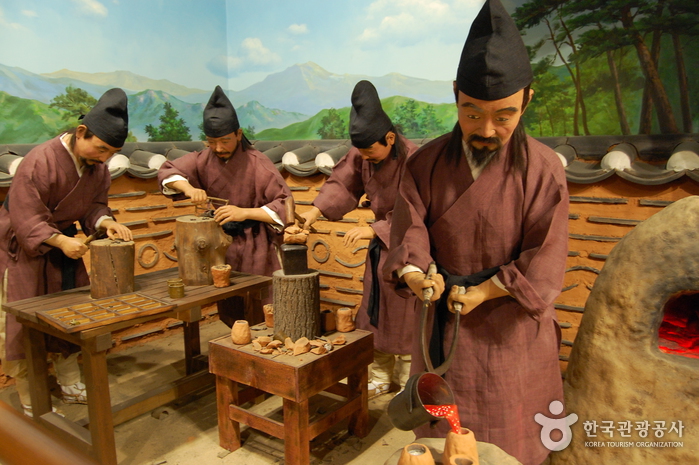
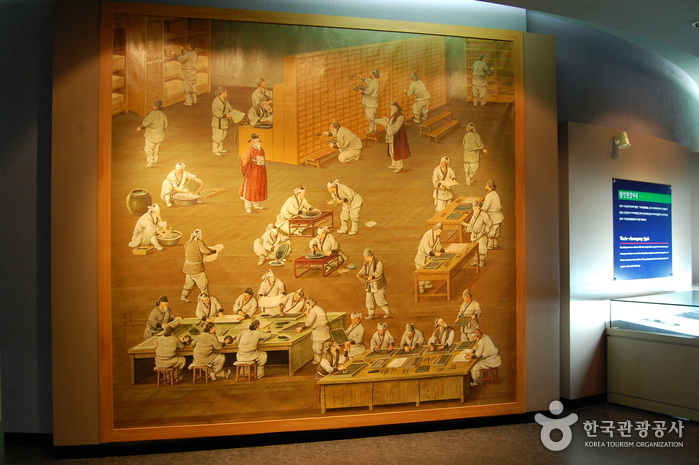
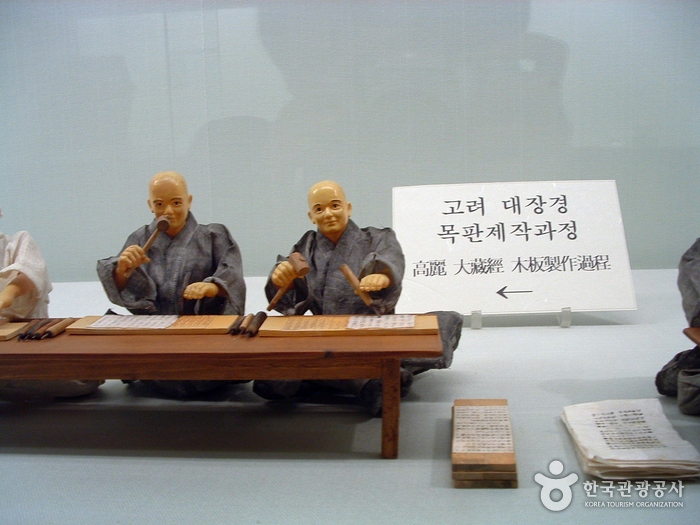
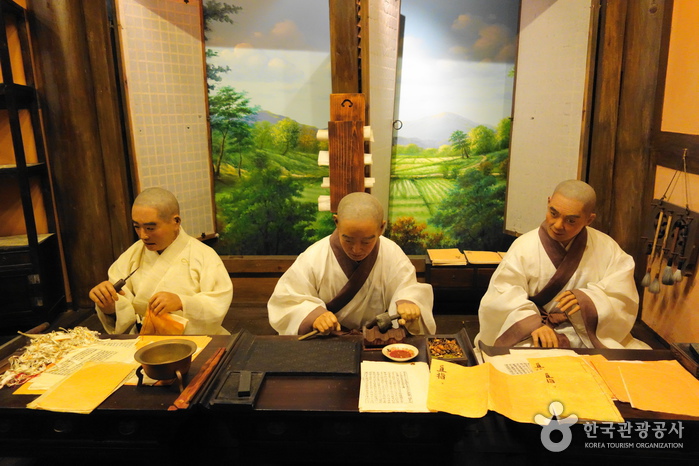
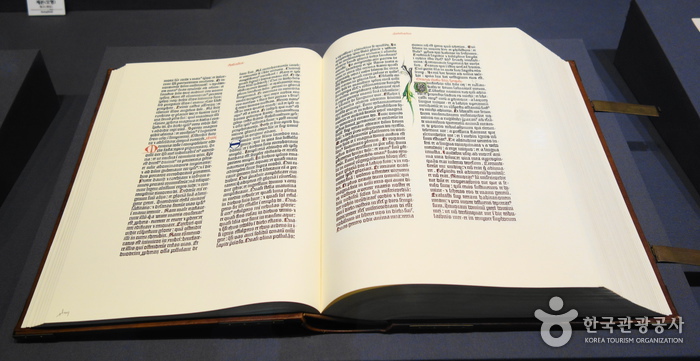
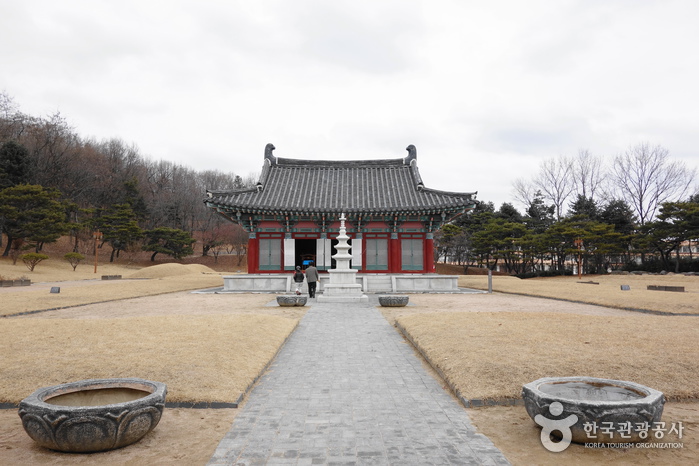
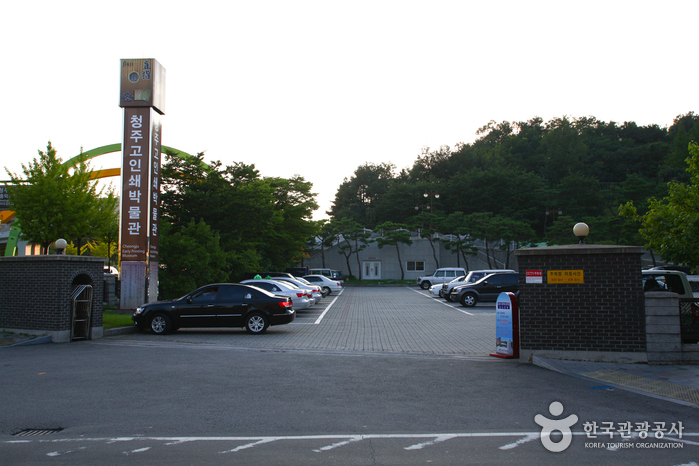
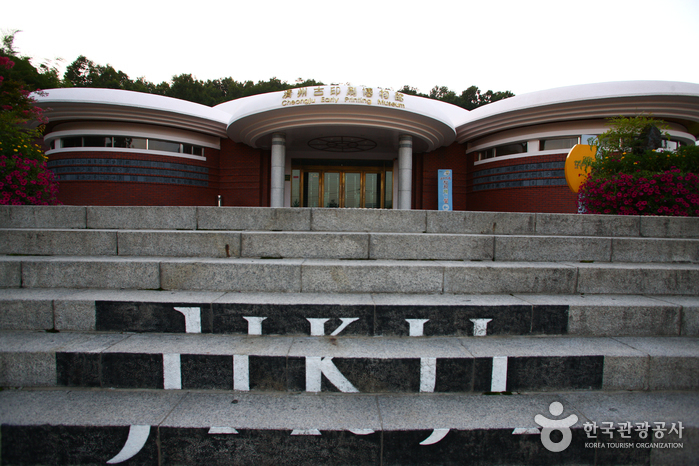
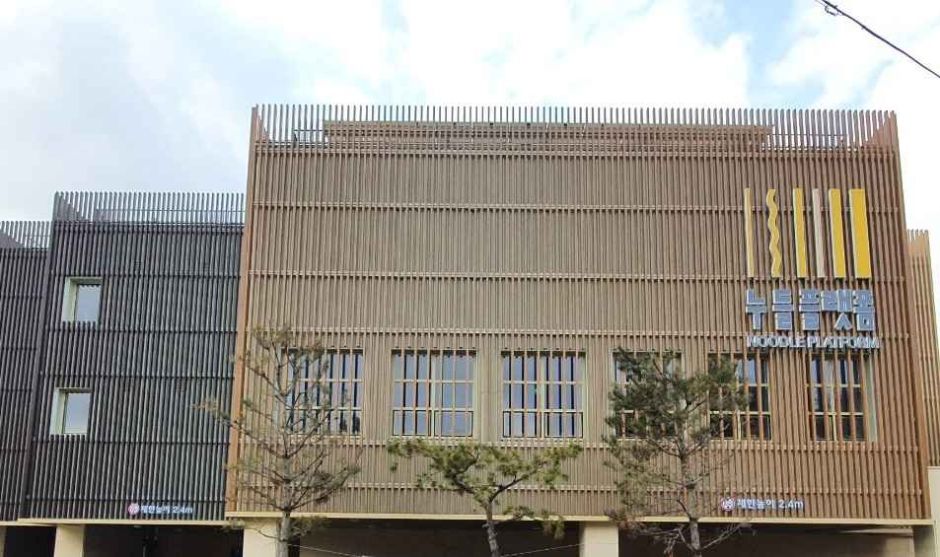
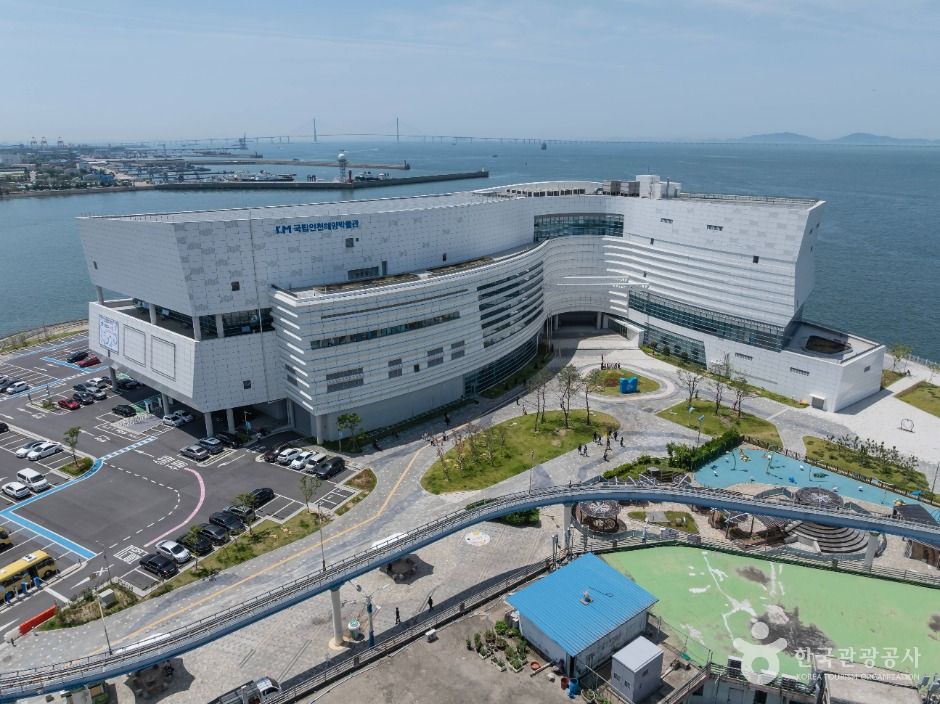
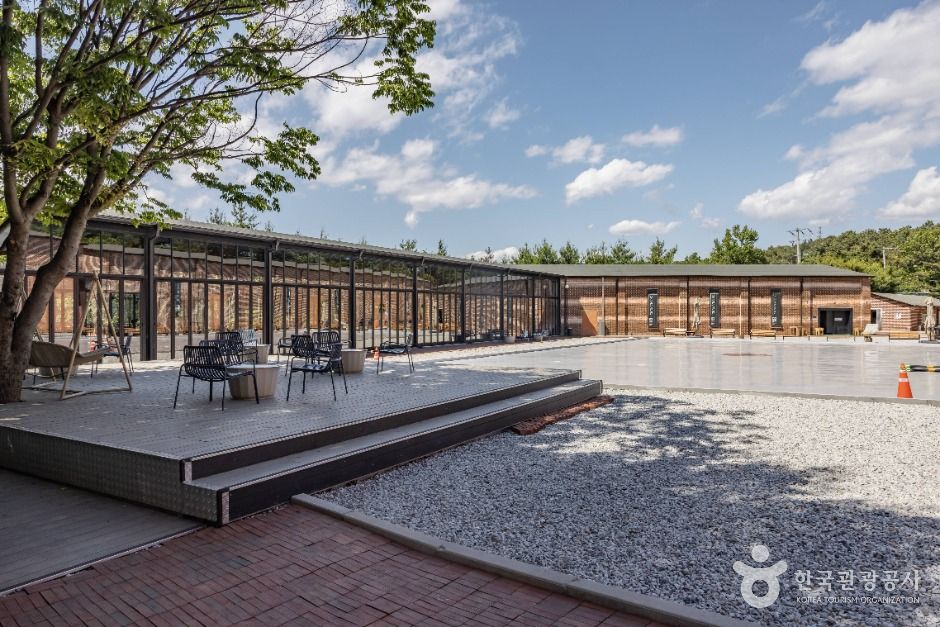
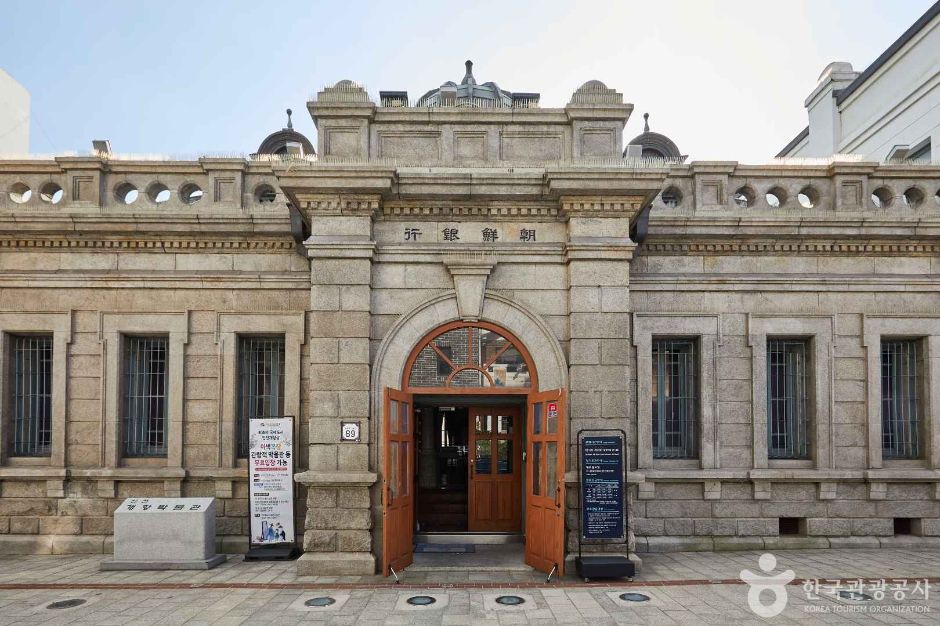
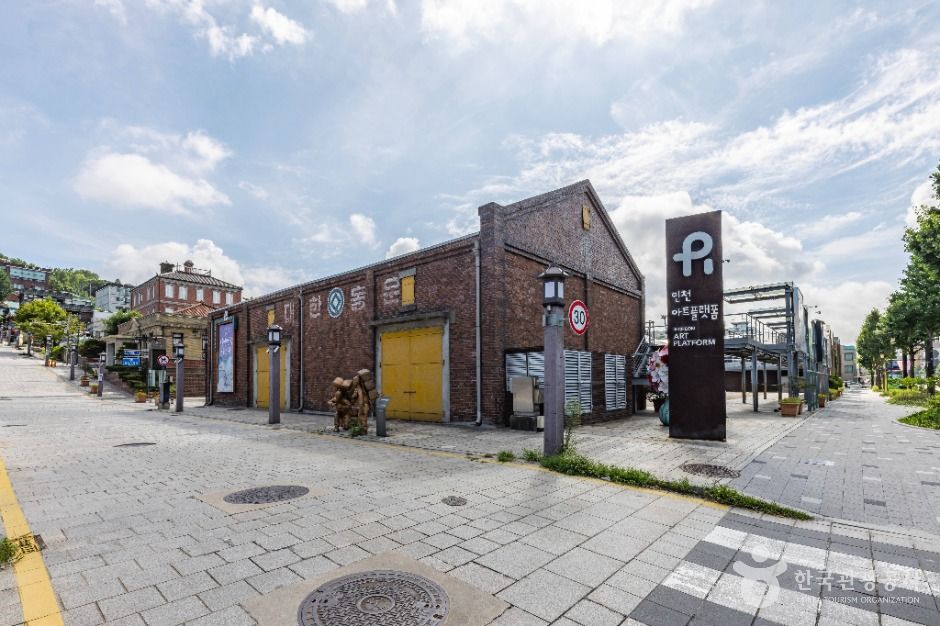
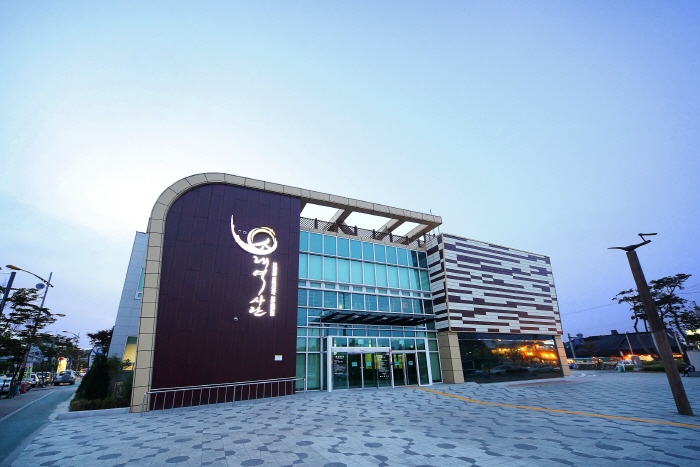
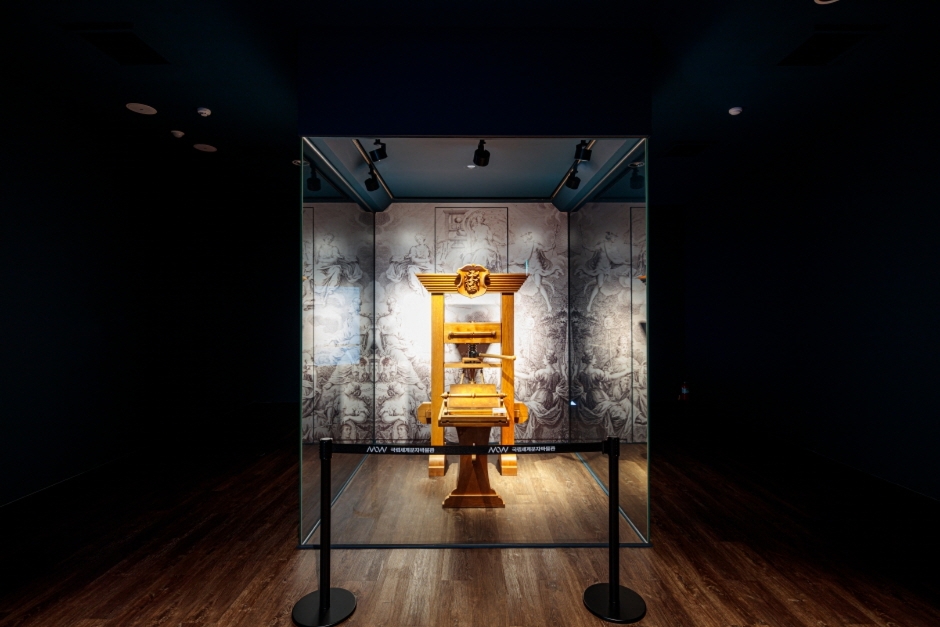
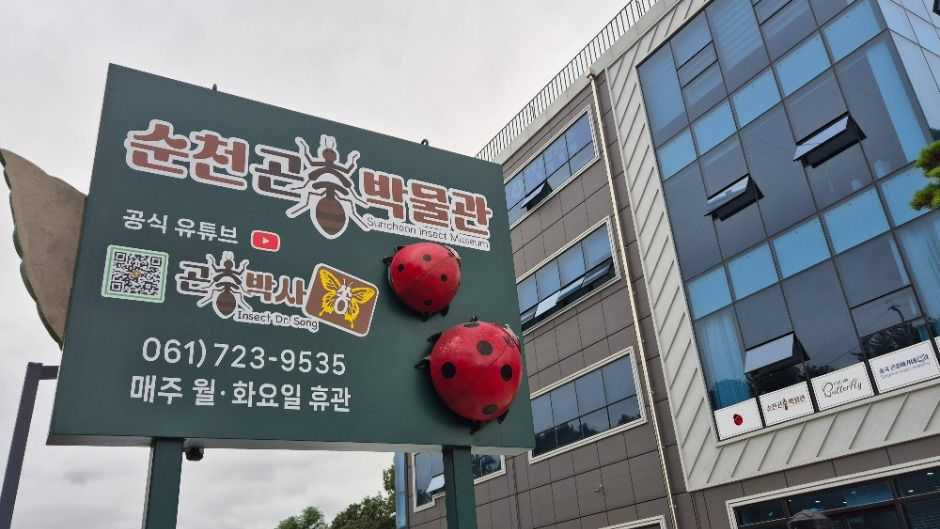

 English
English
 한국어
한국어 日本語
日本語 中文(简体)
中文(简体) Deutsch
Deutsch Français
Français Español
Español Русский
Русский